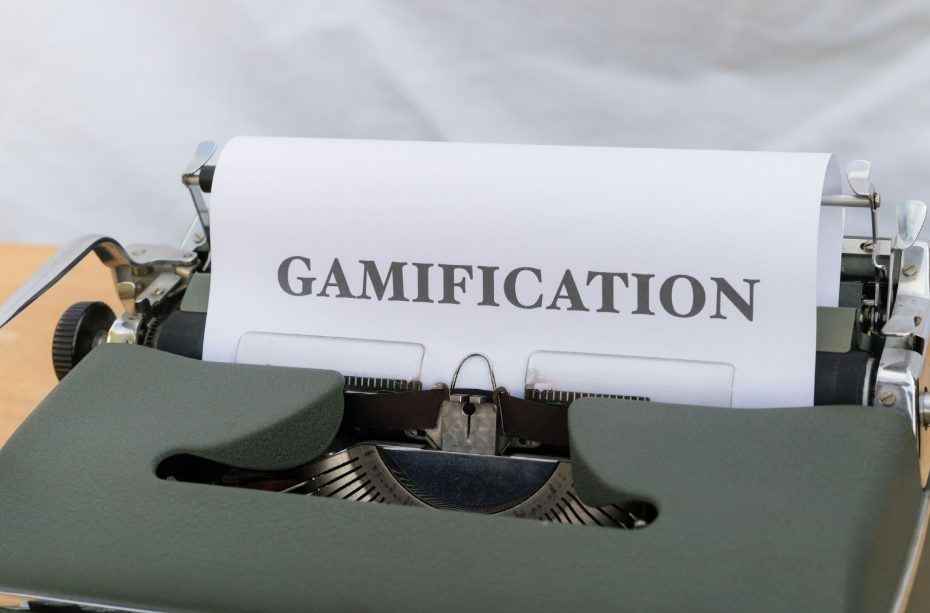How AI Tools Are Making Learning Fun


School used to be a place of silent rows, chalk squeaks, and red-ink corrections. But what if learning could feel more like playing a game than grinding through a textbook? It’s not a far-off fantasy. Today, gamification — the art of turning tasks into engaging experiences — is merging with artificial intelligence to reshape how students engage with knowledge.
Let’s set the stage: students, many digital natives, expect interactivity. They tap, swipe, scroll — they want feedback instantly, not after a week. When lessons look like levels, and feedback feels like XP (experience points), suddenly, education isn’t a chore. It’s a challenge. And challenges, when designed well, are fun.
Why Gamification Works: Brain Chemistry and Behavior
There’s science behind the screen. According to a study published in Computers & Education, gamified learning can increase student motivation by up to 60%. The secret? Dopamine. When students earn badges, unlock achievements, or see progress bars fill up, their brains reward them with a feel-good chemical surge.
And here’s the twist: dopamine doesn’t just make things enjoyable. It reinforces behavior. That means students are more likely to return, to repeat the process, to learn. The loop becomes addictive — in a good way.
But adding a leaderboard or gold star isn’t enough. To truly work, gamification needs personalization — and that’s where AI comes in.
Enter AI: The Smart Engine Behind the Game
Artificial intelligence isn’t just for robots and sci-fi anymore. It’s a silent tutor, a behind-the-scenes designer, and a progress tracker all in one. When we learn with AI, we’re tapping into a system that sees patterns, spots mistakes, adapts in real time.
Consider a student struggling with quadratic equations. An AI tool can recognize repeated errors and gently nudge the student toward the correct method — not with a static hint, but with a dynamic, interactive lesson tailored to that individual. Feedback becomes immediate, personalized, and — crucially — encouraging.
And when this AI engine is wrapped in a gamified interface? That’s when magic happens.
Math AI: Not Just Numbers, But Experience
Take Math AI, for instance. On the surface, it’s a homework solver for schoolchildren and students. But it’s more than that. It’s a playful, smart companion. From app for math students don’t just get answers — they get steps, explanations, and gentle nudges presented like they’re navigating a puzzle or quest.
Progress isn’t hidden in a report card. It’s front and center: levels unlocked, new problem types revealed, time streaks tracked. Got a tricky algebra problem right on the first try? You might earn a badge. Solve three in a row? A celebratory animation dances across the screen.
What’s more, Math AI doesn’t just reward speed. It values persistence, reflection, and growth. It remembers where you stumbled and helps you improve — no shame, no red pen, just continuous encouragement.
This is gamification done right. Not empty prizes, but meaningful motivation.
Real Results, Real Motivation
The data backs it up. A pilot program using gamified AI tools in middle schools across the U.S. reported a 35% increase in student completion rates of optional math homework. Another study from the University of Helsinki found that students using AI-enhanced platforms were twice as likely to revisit and revise material compared to those using traditional formats.
When learning feels less like obligation and more like exploration, students come back willingly.
Feedback Loops: Faster Than Ever
One of the greatest powers AI brings to gamified education is the instant feedback loop. Traditional learning systems often delay feedback — a quiz today, a grade next week. But students need correction in the moment, while the concept is still fresh.
AI tools like Math AI can respond immediately: wrong answer? Here’s a hint. Still wrong? Let’s walk through it. Success? Let’s level up. This speed doesn’t just support learning; it accelerates it.
The result is a deeply engaging cycle:
- Try → 2. Get feedback → 3. Adjust → 4. Try again → 5. Win → Repeat.
This kind of loop is familiar to gamers. Now it belongs to learners too.
Custom Challenges, Not Cookie-Cutter Content
No two students are the same. AI tools can adjust difficulty, style, even tone, based on how each student learns. If a student thrives on visual explanations, Math AI might show graphs or animations. Prefer words? Step-by-step breakdowns appear. Need repetition? The same concept, delivered from a different angle, waits in the wings.
Gamified learning becomes a sandbox — where students play, test, and build understanding, not by memorizing, but by engaging.
And here’s a kicker: students don’t feel like they’re doing work. They’re just playing a “learning game” — and winning at it.
More Than Just a Trend
Gamification in education isn’t a gimmick. It’s a response to changing learning environments, digital-native expectations, and the increasing need for personalized education. When blended with AI, the results are not only engaging but effective.
Apps like Math AI show us that we’re just scratching the surface. The future of education doesn’t look like rows of desks and a chalkboard. It looks like a dynamic dashboard, real-time feedback, and joyful problem-solving.
Final Thought: Learning Can Be Fun. No, Really.
Let’s rewrite the story: Learning isn’t just something you have to do — it can be something you want to do. With the right combination of gamification and AI, even solving math problems becomes less of a task and more of a triumph.
So next time you hear “homework solver,” don’t think shortcuts — think smart support. Think Math AI. Think challenge, progress, and a dash of fun.Because in the new era of education, play and progress are not opposites — they’re partners.
Last Updated: June 26, 2025












